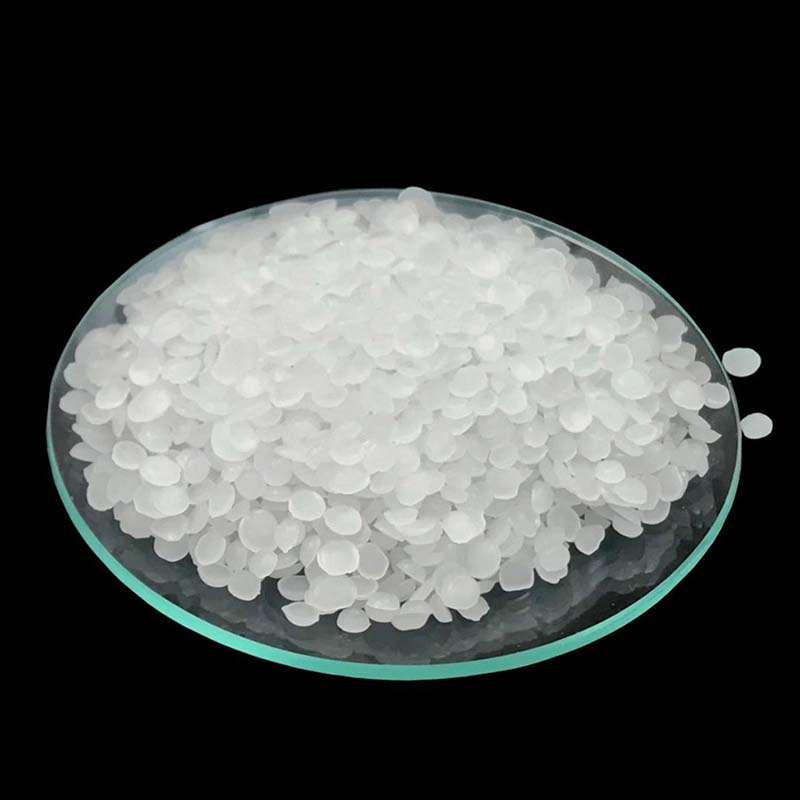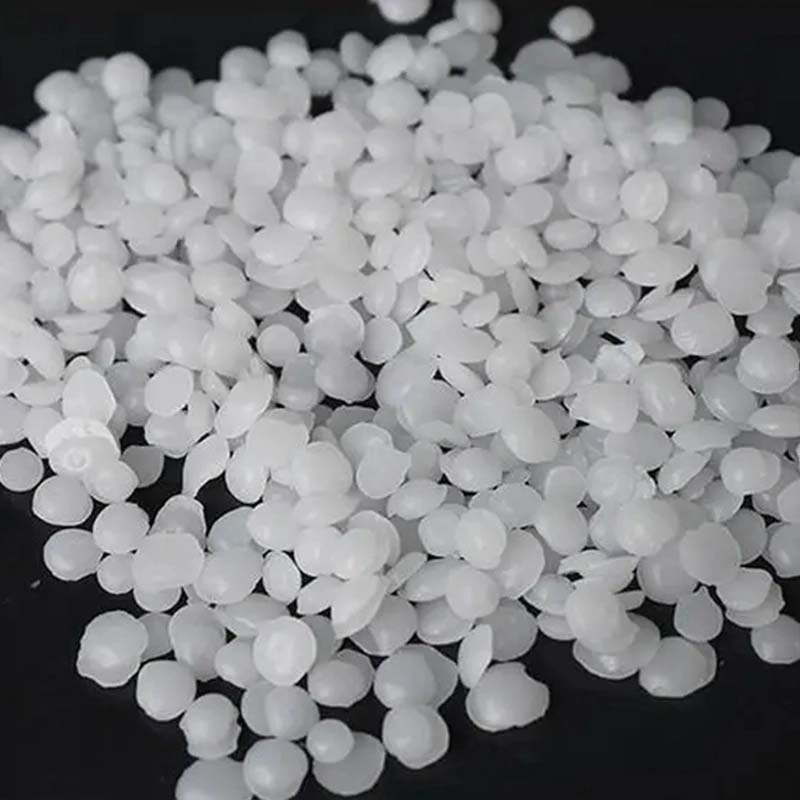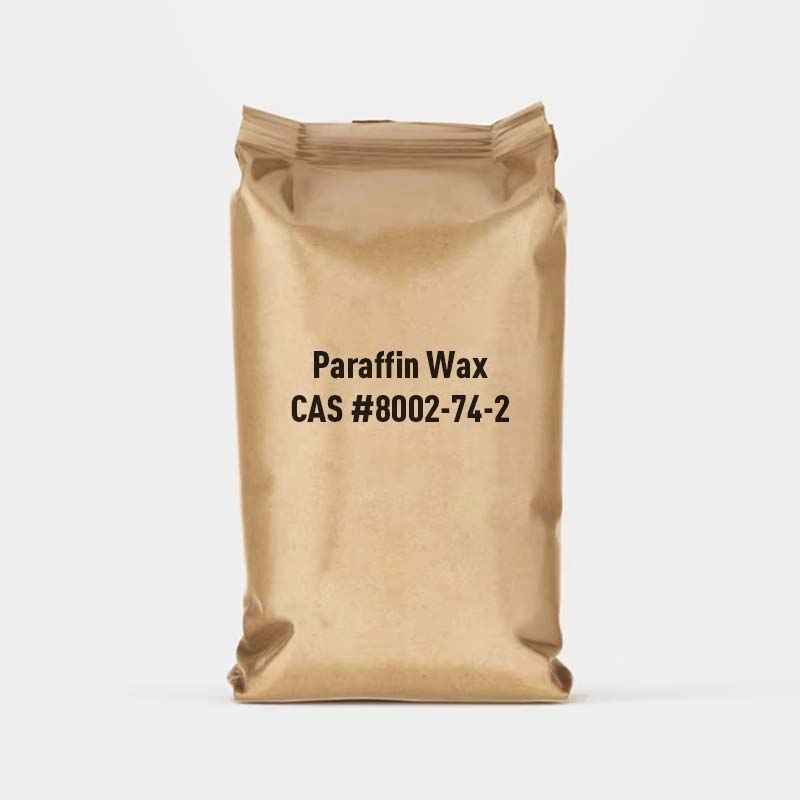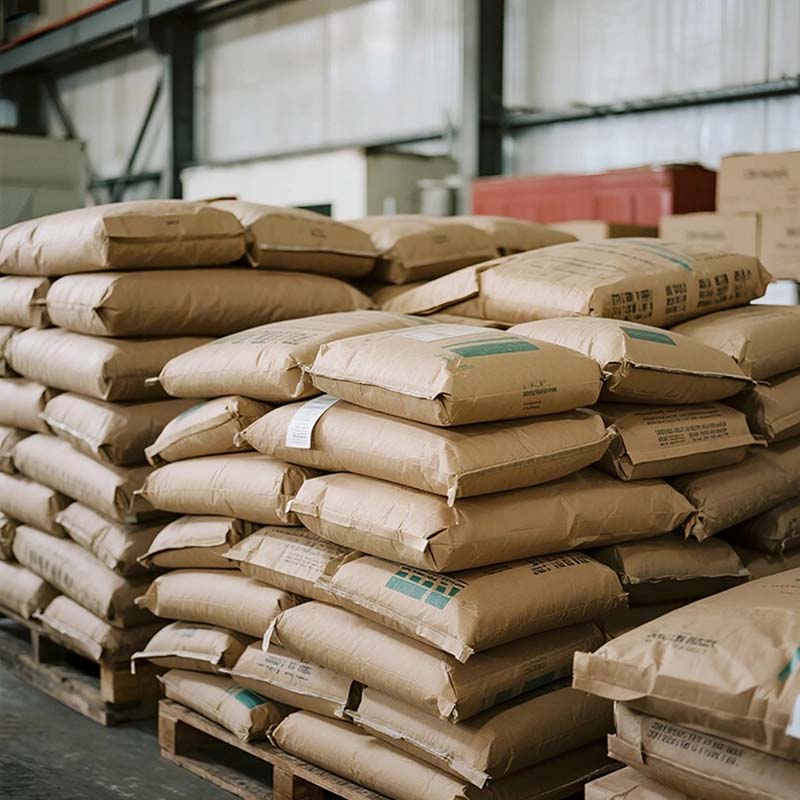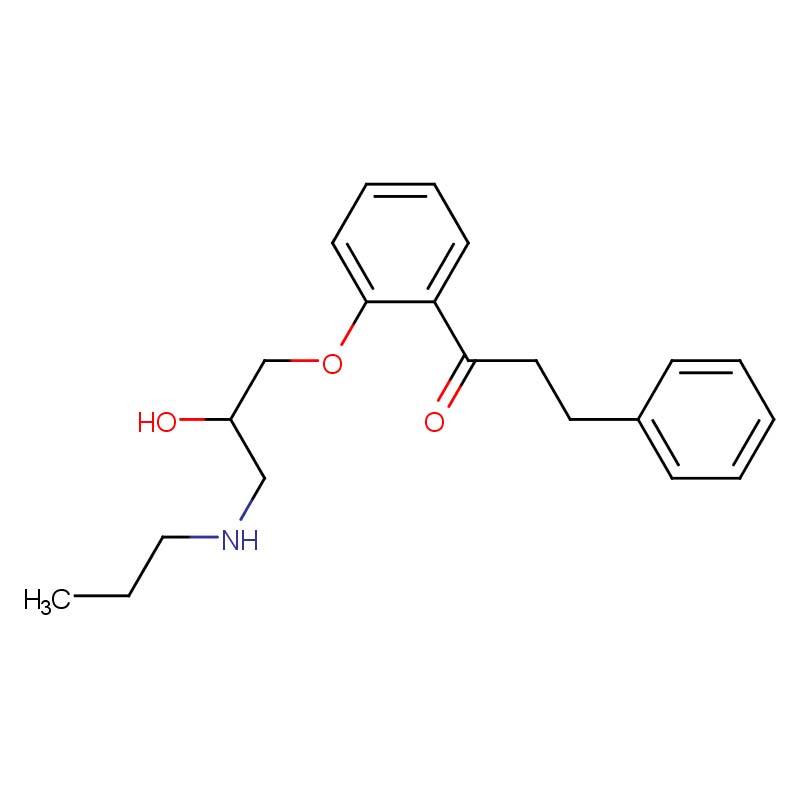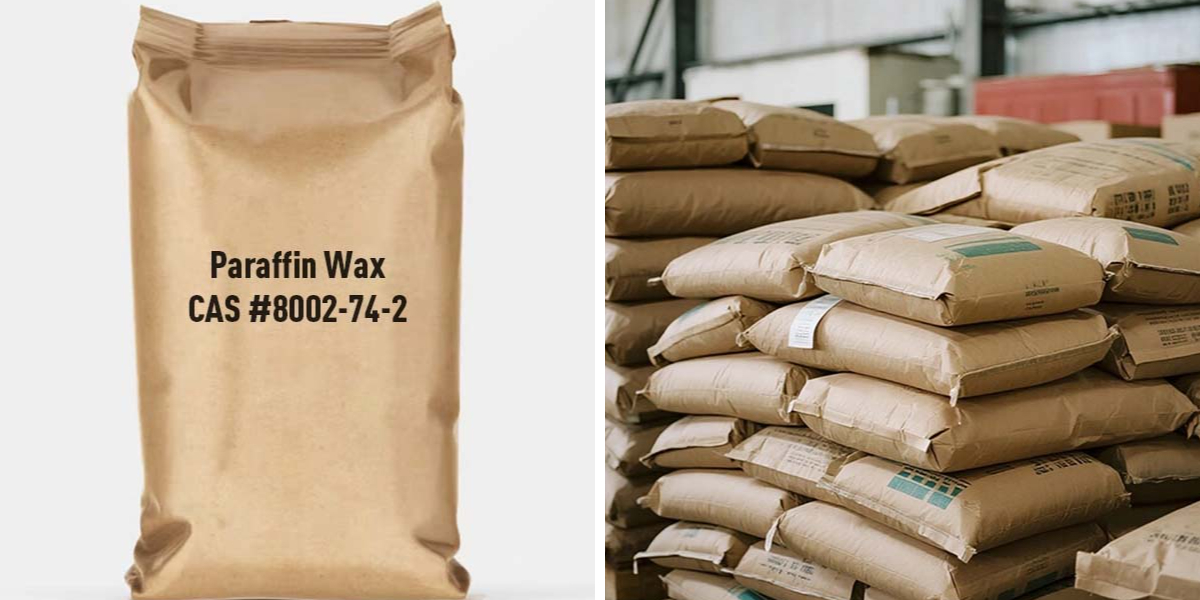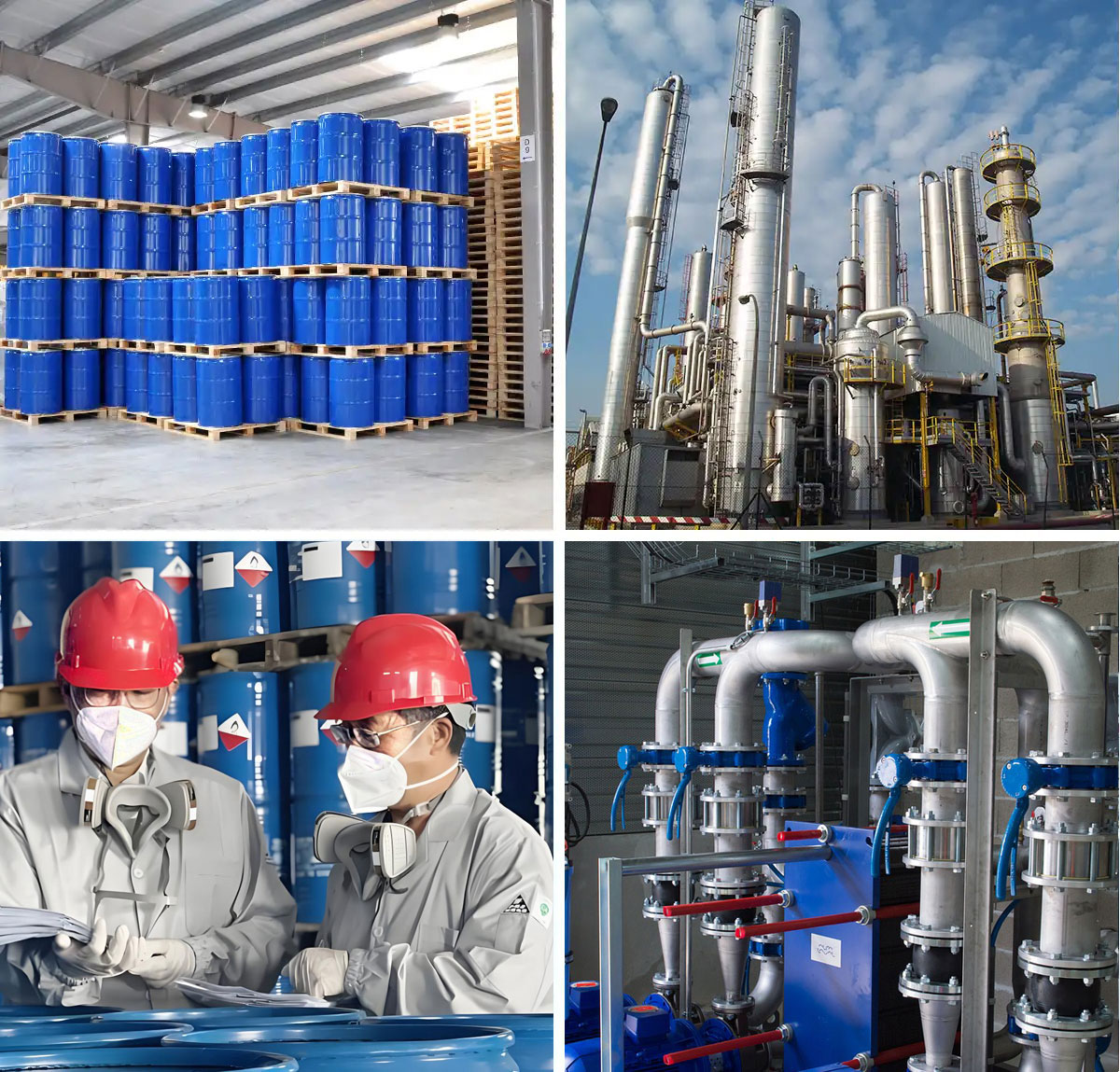Paraffin Wax
Versatile Applications: Paraffin finds use across numerous industries, including pharmaceuticals, packaging, construction, and agriculture.
Stable Properties: It exhibits consistent physical and chemical characteristics, ensuring reliability for long-term applications.
Cost-Effective: With its wide availability and low cost, paraffin is well-suited for large-scale industrial production.
Energy Storage Potential: Thanks to its high latent heat during phase transitions, paraffin is explored as a material for thermal energy storage.
Paraffin is a hydrocarbon mixture obtained from specific distillates of petroleum, shale oil, or other bituminous mineral oils. It is composed predominantly of solid alkanes, which are odorless and tasteless, with a general molecular formula of CnH₂n₊₂. Based on physical state, paraffin is categorized into three types: liquid paraffin, solid paraffin, and microcrystalline wax.
Paraffin wax, a processed petroleum product, exhibits an amorphous nature yet possesses a defined crystalline arrangement. It is typically extracted from the lubricating oil fraction of crude oil via solvent refining, dewaxing, or freeze crystallization processes, followed by solvent deoiling and purification.
This material is widely used in the manufacture of higher fatty acids, alcohols, matches, candles, waterproofing agents, ointments, electrical insulating materials, and other industrial products.
Basic Info
Chemical Name: | Paraffin Wax |
Other Name: | Paraffin; Paraffin Wax CAS 8002-74-2; Pure Paraffin Wax |
CAS: | 8002-74-2 |
EINECS: | 232-315-6 |
Type: | Food additives; Organic raw materials; Inorganic salt |
Molecular Formula: | C21H27NO3 |
Molecular Weight: | 341.44398 |
Chemical Properties
Melting point | 58-62 °C ((ASTM D 87)) |
Boiling point | 322 °C |
density | 0.82 g/mL at 20 °C |
refractive index | n20/D 1.45 |
storage temp. | Store below +30°C. |
solubility | Soluble in chloroform, ether, volatile oils, and most warm fixed oils; slightly soluble in ethanol; practically insoluble in acetone, ethanol (95%), and water. Paraffin can be mixed with most waxes if melted and cooled. |
form | extra-low viscosity |
color | white |
Odor | odorless |
explosive limit | 0.6-6.5%(V) |
Paraffin offers a range of advantages, such as affordable cost, easy accessibility, being colorless and odorless, stable physical and chemical characteristics, and a high latent heat during phase transition. These traits enable it to be widely used across multiple sectors, including medicine, packaging, construction, military camouflage, industry, and agriculture. Additionally, it has been the subject of extensive research for application in phase change energy storage materials.



